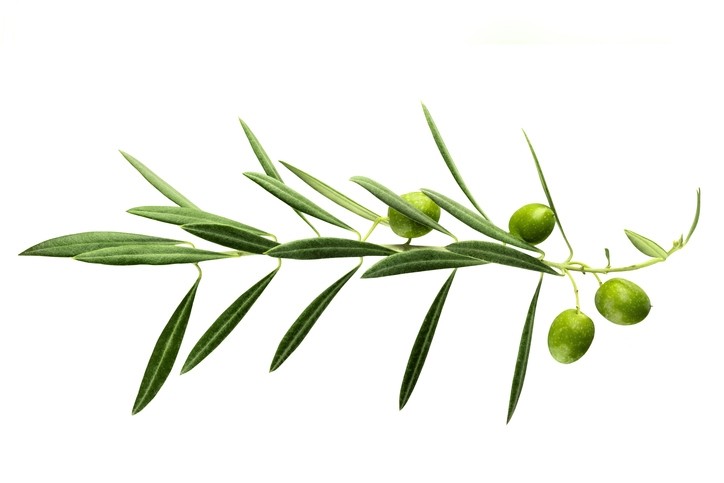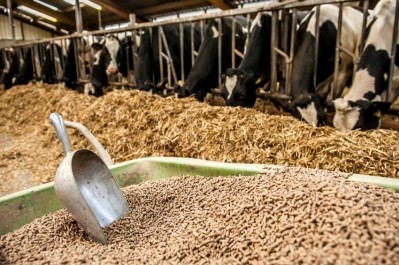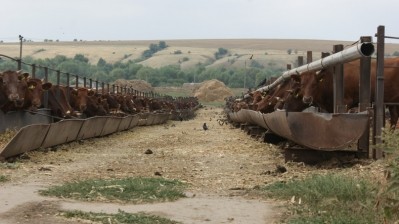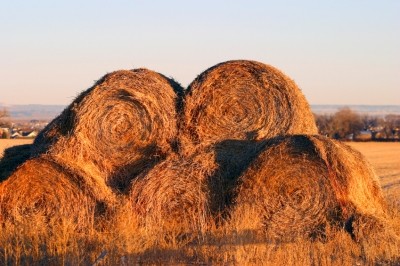Olive-fed beef, pork and lamb on plates around the world within five years’

This year will see olive-fed Wagyu beef hit the market in Asia, the Middle East, Europe and the US on the back of The Olive Feed Corporation’s proprietary process for turning polluting olive oil by-products into animal feed.
This is something that has been attempted for decades, but never before been commercially viable due to low digestibility and safety issues with tannins, according to the company’s founder, entrepreneur Gavin Dunne. His company, however, claims to have come up with a solution to these issues with a “special cooking process” that turns olive oil by-products into “palatable, digestible and safe animal feed”.
Prime candidates
The first users of this feed are Wagyu cattle producers, whose motivation is to enhance the tenderness and flavor of their luxury product by increasing levels of oleic acid, monounsaturated fats and glutamic acid.
“Wagyu beef generally has high marbling, and olive feed significantly affects the fat profile of the meat, increasing monounsaturated fat ratios. It also increases the glutamic acid, which increases umami and tenderness. In addition, oleic acid is naturally high in Wagyu and brings down the melting point of fat, with some Japanese farmers guaranteeing a minimal level of oleic acid due to the affect it has on the texture and flavor of the meat. Olive feed further increases this oleic acid content as it is the main component of olives,” explained Gavin Dunne.
The venture also has an environmental dimension, as it removes from the waste stream what is effectively a pollutant.
“Olive waste is normally an environmental pollutant that has strict guidelines for disposal. Parts of it can be used as a compost; in some countries like Greece, they turn it into a biofuel, but this requires burning so is not so environmentally friendly. In other countries it is just left in huge piles to decompose, leading to soil and air pollution,” said Dunne.
Beyond Wagyu
Although Wagyu is the initial target niche for the feed, The Olive Feed Corporation has plans to broaden its customer base, assisted by funding from the Bank of Ireland.
To this end, the company is conducting studies designed to demonstrate how olive feed can benefit the likes of Angus beef by reducing the melting point of the fat, making it juicier and more flavorsome.
“We are undertaking studies with Teagasc on other bovine and animals to ultimately be able to supply olive feed to a variety of markets,” said Dunne.
Scaling up production is also part of the plan; by the end of 2018, the company will have the capacity to supply 500,000 units per year (one unit is 200kg which is a four-month feed for one animal).
Nutritional profile
The product is pitched as a finishing feed, owing to its 40% carbohydrate content and ability to assist with weight gain, according to Dunne.
“Feeding is for the last four months. Great weight gains can be seen due to the high caloric content. It can potentially replace a number of different sources of calories in an animal’s diet.”
The nutritional composition has been verified by Symbio Laboratories in Australia, the feed has been safety tested by SGS in France and the trials conducted on Wagyu cattle on the company’s farm in Edenderry, Ireland, have been certified for nutrient analysis by ALS.
“We are constantly testing on our farm and are conducting tests through The Wagyu Association of Australia, multiple universities and Teagasc. We have a very premium product and are backing that up with the best possible science,” said Dunne.
He continued: “Our proprietary method if the only safe way to produce olive feed, which we have consistently proven in our testing, and we will be the only company in the world able to produce olive feed that is safe and commercially viable. Due to this I think the company and the product has huge global potential and we will be seeing olive fed beef, pork and lamb on plates around the world within five years.”









